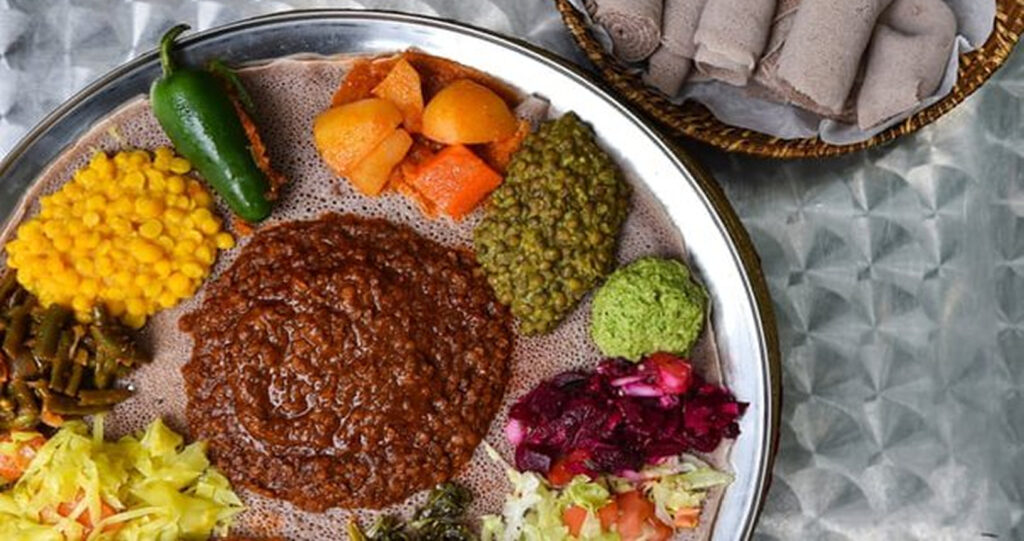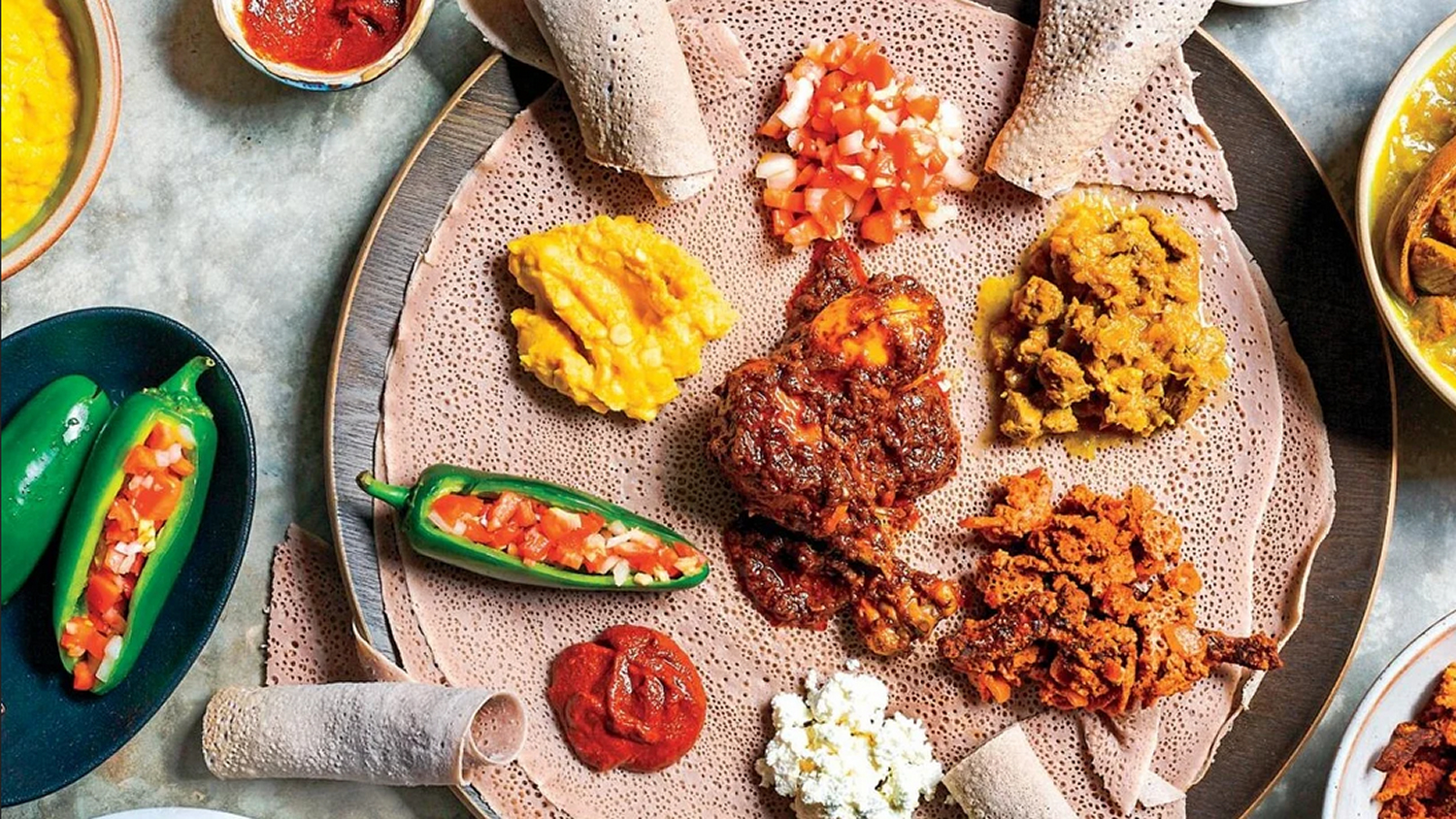Introduction
In the vast and diverse landscape of global cuisine, certain dishes emerge as not just culinary delights but cultural ambassadors, carrying with them the rich tapestry of their origins and the stories of the communities that cherish them. Among these treasures stands Mamgatoto, a dish that captivates palates with its bold flavors and intricate spices. But what exactly it is, and what secrets lie within its simmering pots and aromatic spices? Join us on an extended journey as we delve deeper into the origins, flavors, and significance of it in the United States and beyond.
Unearthing Mamgatoto: Tracing its Roots to Africa’s Culinary Heritage
It finds its genesis in the vibrant culinary traditions of Africa. The very mention of its name conjures images of bustling markets, communal gatherings, and the rhythmic pounding of spices in rustic kitchens. Rooted in centuries-old cooking techniques and a reverence for fresh, locally sourced ingredients, it reflects the essence of African cuisine—a harmonious blend of tradition and innovation.
The Spice Road: A Journey Through its Flavor Palette
Central to the allure of Mamgatoto is its intricate spice profile, which transforms humble ingredients into culinary masterpieces. Cumin, coriander, turmeric, and a medley of other spices dance harmoniously, infusing each dish with layers of complexity and depth. Whether it’s succulent meats marinated in fragrant sauces or fluffy grains of rice adorned with jewel-like vegetables, every bite of it is a sensory experience—a symphony of flavors that tells the story of a continent.
United States: A Cultural Melting Pot
As the United States welcomes immigrants from all corners of the globe, its culinary landscape undergoes a transformation, embracing new flavors and traditions with open arms.It has found a receptive audience among American diners eager to explore the diverse tapestry of world cuisine. From bustling metropolises to quaint suburban neighborhoods, restaurants specializing in it offer a taste of Africa’s culinary heritage, serving as cultural hubs where stories are shared and friendships forged over steaming plates of aromatic delicacies.
African Fusion Cuisine: Evolution on American Soil
In the melting pot of American gastronomy, it undergoes a process of evolution, blending traditional recipes with modern culinary techniques to create innovative interpretations that appeal to diverse palates. Chefs across the country infuse their own creative flair into it, experimenting with new ingredients and flavor combinations while staying true to the dish’s African roots. The result is a dynamic fusion cuisine that celebrates the best of both worlds—a testament to the adaptability and creativity of African culinary traditions.
Mamgatoto as a Cultural Ambassador
It transcends its role as a mere dish, serving as a powerful symbol of cultural exchange and understanding. Through shared meals and culinary experiences, it brings people together, fostering connections that bridge divides and celebrate diversity. In a world often divided by language, politics, and geography, it serves as a common language—a universal expression of hospitality, warmth, and shared humanity.

A Taste of the Future: Enduring the Legacy
As it continues to gain popularity in the United States and beyond, its influence extends far beyond the confines of the kitchen. From upscale restaurants to food trucks on bustling street corners, the demand for authentic African cuisine is on the rise, driven by a growing appreciation for bold flavors and exotic ingredients. Its legacy is one of flavor, diversity, and cultural exchange—a testament to the enduring power of food to transcend borders and bring people together.
Conclusion
In conclusion, it is more than just a dish; it is a culinary odyssey—a journey through time and space that celebrates the rich heritage of Africa while embracing the cultural tapestry of the United States and beyond. With each tantalizing bite, it invites us to savor not only its exquisite flavors but also the stories, traditions, and connections that make it a cherished part of our global culinary heritage. As we raise our glasses in toast to Mamgatoto, let us also raise our voices in celebration of the diversity, unity, and shared humanity that it represents. Cheers to Mamgatoto—a dish that transcends borders and brings joy to all who taste its magic.
FAQs
1. What is Mamgatoto?
It is a flavorful dish originating from the diverse culinary landscape of Africa. It is characterized by its rich blend of spices, tender meats, and aromatic rice, reflecting centuries-old cooking traditions passed down through generations.
2. What are its key ingredients?
The key ingredients include cumin, coriander, turmeric, and a variety of other aromatic spices. Additionally, Mamgatoto often features tender meats such as chicken, beef, or lamb, as well as a colorful array of vegetables.
3. How it is prepared?
It is typically prepared by marinating meats in a blend of spices and aromatics before simmering them in rich sauces until tender. The dish is often served alongside fluffy rice, which is infused with the flavors of the meat and spices.
4. Where can I find it in the United States?
It can be found in restaurants and eateries across the United States, particularly in cities with diverse culinary scenes. Many establishments specializing in African cuisine offer Mamgatoto on their menus, providing diners with an authentic taste of Africa.
5. Is it suitable for vegetarians or vegans?
While traditional Mamgatoto recipes often feature meats, vegetarian or vegan variations can be created by substituting the meat with plant-based proteins such as tofu or tempeh. Additionally, the dish can be customized with a variety of vegetables to suit dietary preferences.
6. What sets it apart from other African dishes?
It stands out for its intricate spice profile and the depth of flavor achieved through slow cooking methods. While it shares similarities with other African dishes in terms of ingredients and cooking techniques, it has a distinct taste and texture that sets it apart.
7. Can Mamgatoto be spicy?
The level of spiciness can vary depending on the recipe and individual preferences. Some versions of the dish may be mild and aromatic, while others may pack a fiery punch with the addition of hot peppers or chili powder.
8. How can I learn to make Mamgatoto at home?
There are many recipes and tutorials available online that provide step-by-step instructions for making at home. Additionally, attending cooking classes or workshops focused on African cuisine can offer valuable insights and hands-on experience in preparing this flavorful dish.






















+ There are no comments
Add yours